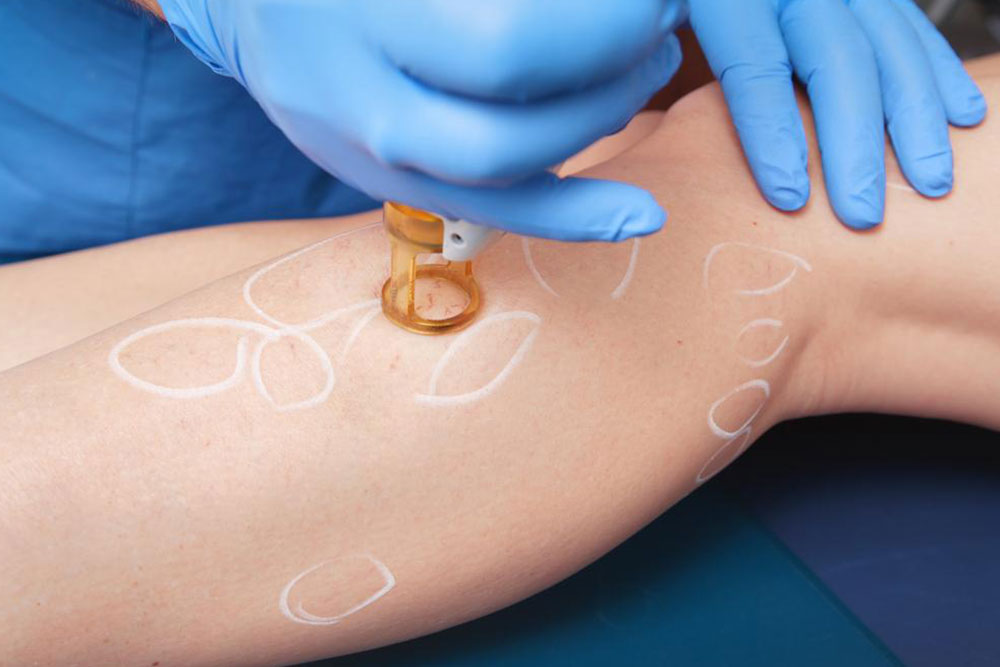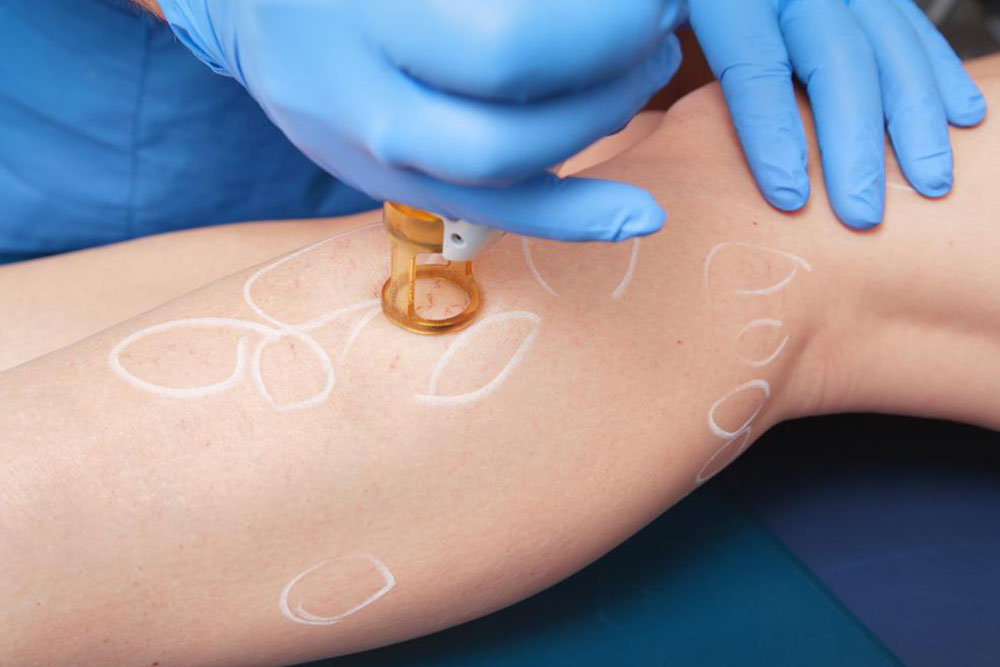Comprehensive Guide to Urinary Tract Infections: Causes, Symptoms, and Prevention
This comprehensive overview covers urinary tract infections, including their causes, symptoms, and prevention strategies. It highlights the role of bacteria like E. coli, effective treatments such as antibiotics, and natural remedies like cranberry juice. The article emphasizes the importance of hydration, hygiene, and lifestyle habits to prevent recurrent infections, providing valuable insights for those affected or seeking to reduce their risk of UTIs.
Sponsored

Experiencing a bladder infection is a common health issue many people encounter at some point. Recognizing the signs early can help in effective management.
Urinary tract infections (UTIs) can impact any part of the urinary system, with lower infections known as bladder infections and upper ones as kidney infections. These infections occur when bacteria enter the urinary pathways, with women being more susceptible, although anyone can be affected.
The bacteria typically invade through the urethra, the channel connecting the bladder to the exterior of the body. Effective treatment involves medication and home remedies, emphasizing hydration and good hygiene. Cranberry juice is a popular natural remedy, believed to help prevent recurrent infections.
Annually, up to 10% of women experience UTIs, especially between ages 16 and 35. Symptoms often include a burning sensation during urination, increased frequency, and small urine volumes. Severe cases may involve flank pain, fever, and changes in urine appearance like cloudiness, blood traces, or strong odor. Pelvic discomfort and general malaise can also occur. Diagnosis requires consultation with a healthcare provider who may analyze urine samples. E. coli is the primary bacteria responsible, with other pathogens like Staphylococcus also involved. Risk factors include sexual activity, short urethra in women, catheter use, diabetes, obesity, spinal injuries, and genetics. Treatment generally combines antibiotics—such as doxycycline, ciprofloxacin, and others—with supportive measures like pain relievers. Preventive strategies include drinking plenty of water, practicing good hygiene, and using cranberry supplements to reduce infection recurrence. While cranberry products' effectiveness varies, they remain a cost-effective preventive option. Maintaining hydration, wearing cotton clothing, and urinating promptly after intercourse are simple yet effective prevention methods. Each year, millions are affected worldwide, and proactive care can significantly reduce infection risks.






